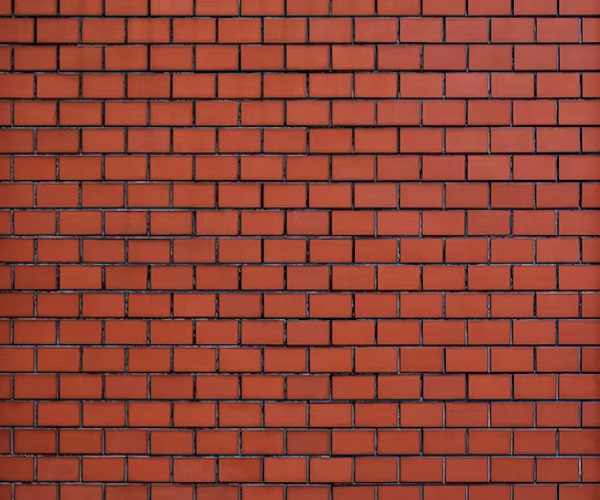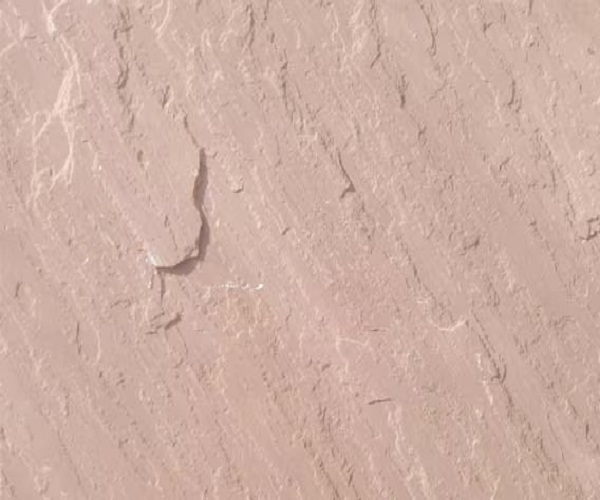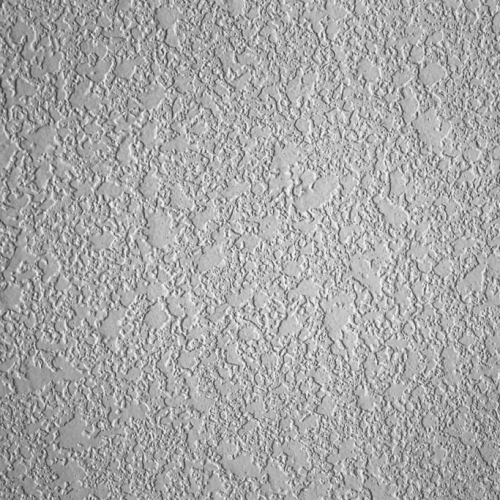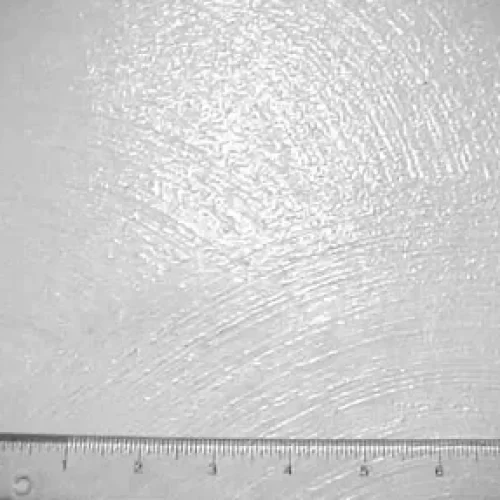Wall Texture
FELLO TUFF Wall Texture


Stucco Texture
Stucco texture is a traditional exterior wall finish that can also be used indoors for a rustic, Mediterranean-inspired look.

Brick Texture
Brick texture is achieved by applying a technique to simulate the look of exposed brick on interior as well as exterior walls.

Rustic texture
It is a wall texture that evokes a sense of ruggedness, warmth, and natural charm. It often mimics the appearance of aged or weathered materials such as wood, stone, or clay, creating a cozy atmosphere

Roller Coat Texture
Roller coat texture is a versatile and relatively easy way to add dimension and visual interest to walls.it can create a wide range of decorative effects, from subtle stippling to bold and dramatic textures.

Dholpar Texture
Dholpur texture" typically refers to the surface finish or appearance associated withDholpur sandstone, fromDholpur region in Rajasthan, India. This texture is characterized by the distinctive features of the sandstone, which include its color, grain, and natural patterns

RCC Grey and smooth quota texture
It is a popular choice in contemporary architecture and design for its aesthetic appeal, durability, and versatility. Whether used as a primary structural element or as a decorative finish, it adds a distinctive and timeless character to architectural spaces.
FELLO TUFF Wall Texture
Wall textures are liquid substances, thinner than drywall, but thicker than paint, that can be used to create designs on walls and ceilings as they dry.
Most of us are acquainted with popcorn, fan, or comb design ceilings. Those are textures that allow for an increased visual interest on a wall or ceiling.
Until recently, modern trends favored flat, simple walls in a minimalist design trend.
Things are beginning to change, however, as homeowners have discovered that wall textures have a few benefits.

Comb


Orange Peel
Knockdown


Sand Swirl
Popcorn

